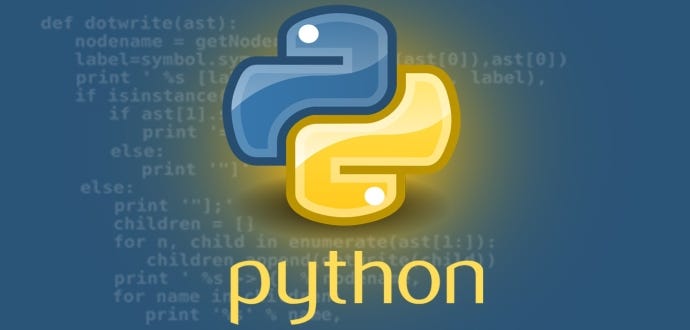Python for Data Science: A Beginner’s Roadmap (From Zero to Insights)

As a data scientist who's analyzed everything from startup metrics to genomic data, I can confidently say Python is the most versatile tool in our field. Here's the exact roadmap I wish I had when starting out.
1. Why Python for Data Science?
✅ Rich ecosystem (Pandas, NumPy, scikit-learn)
✅ Easy integration with databases, APIs, and big data tools
✅ Highest-paying skill for data professionals (2024 surveys show 30% premium over R/SAS)
✅ Used by 90% of data teams at companies like Spotify, Airbnb, and NASA
2. Setting Up Your Environment
Option A: Local Setup (Most Flexible)
# Create virtual environment python -m venv ds_env source ds_env/bin/activate # Linux/Mac ds_env\Scripts\activate # Windows # Install core packages pip install numpy pandas matplotlib seaborn jupyter scikit-learn
Option B: Cloud Notebooks (Zero Setup)
- Google Colab: Free GPU access
- Kaggle Notebooks: Built-in datasets
- Deepnote: Real-time collaboration
🔍 Pro Tip: Use
%timeitin Jupyter to benchmark code execution speed
3. The 5 Essential Libraries
| Library | Purpose | Key Features |
|---|---|---|
| Pandas | Data manipulation | DataFrame, groupby, merge |
| NumPy | Numerical computing | ndarray, broadcasting |
| Matplotlib | Basic visualization | plt.plot(), subplots |
| Seaborn | Statistical viz | heatmap(), pairplot() |
| scikit-learn | Machine learning | train_test_split, pipelines |
4. Your First Data Analysis (Step-by-Step)
import pandas as pd
import seaborn as sns
# 1. Load data
df = pd.read_csv("sales_data.csv")
# 2. Explore
print(df.info())
print(df.describe())
# 3. Clean
df = df.dropna()
df["date"] = pd.to_datetime(df["date"])
# 4. Analyze
monthly_sales = df.groupby(df["date"].dt.month)["revenue"].sum()
# 5. Visualize
sns.barplot(x=monthly_sales.index, y=monthly_sales.values)
plt.title("Monthly Revenue Trends")
5. Real-World Data Challenges & Solutions
Problem 1: Messy CSV files
✅ Fix: Use pd.read_csv(encoding='latin1', error_bad_lines=False)
Problem 2: Memory errors
✅ Fix: dtype={"column": "category"} reduces size by 90%
Problem 3: Slow operations
✅ Fix: Vectorize with np.where() instead of loops
6. Next-Level Skills to Learn
- SQL Integration:
pd.read_sql()with SQLAlchemy - Automation: Schedule scripts with
cronor Airflow - Advanced Viz: Plotly for interactive dashboards
- Big Data: Dask or PySpark for datasets >10GB
7. Best Free Resources
📚 Books: “Python for Data Analysis” (Wes McKinney)
🎓 Courses: DataCamp's “Python Programmer” track
💻 Practice: StrataScratch (real interview questions)
🚀 Case Study: Reduced ETL pipeline runtime from 4 hours to 15 minutes by replacing Excel+VBA with Python+Pandas
8. Common Pitfalls to Avoid
❌ Using Python lists instead of NumPy arrays for math ops
❌ Not setting random_state in scikit-learn (irreproducible results)
❌ Forgetting inplace=True in Pandas operations
Remember: The best data scientists aren't those who know every function, but those who can solve business problems with data. Start small, build progressively, and focus on delivering insights.